Does Your Shoulder Hurt? It could be your big toe!
Good Friday To You!
I had a very busy day yesterday. So busy, I only got a short morning session of tai-chi due to business meetings and obligations.
It was my day off in the gym, so fortunately, I had more time to attend to business matters.
I’ll be at home working with my stones and doing some art today and tomorrow my buddy Sean Greely and I will head to Encinitas for a massage and a steam.
I hope you all have a lovely weekend and I’ll look forward to sharing more with you Monday. In the mean time:
Does Your Shoulder Hurt?
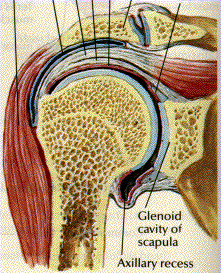
The shoulder joint is very complex compared to most joints in the body. The shoulder is capable of a very wide range of motion and can move at very high speeds.
Because the joint surface the humeral head (round part of the upper arm that makes up half the joint) rests on a very small (scapular) surface, which only covers about 30% of the humeral head, the shoulder joint is naturally unstable.
Many athletes and workers hurt their dominant shoulder when throwing, lifting heavy loads, or using tools, such as a sledgehammer. Naturally, they go to doctors and therapists because “their shoulder hurts”.
The result is that they get their shoulder looked at and treated, yet, very frequently, the shoulder pain is only a symptom of problems in the spine, hips or legs.
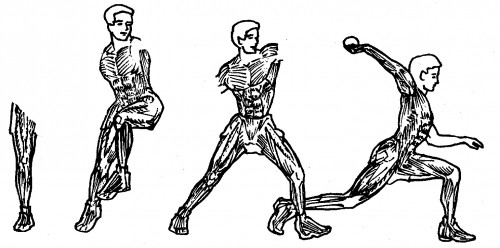
I was once referred a professional baseball pitcher who had already had surgical intervention for chronic shoulder instability.
He was getting worse and worse in rehab and couldn’t pitch any longer, even though he was still early in his professional career.
Naturally, this is very scary for a professional athlete who is already seeing the best doctors and therapists money can buy!
When he came to me, I evaluated his Primal Pattern® movements (You can learn more about Primal Pattern® movements in my book, Movement That Matters).
To evaluate his twist pattern, I created a mock pitching mound and had him throw a baseball-sized medicine ball at a rebounder.
I immediately noticed he avoided stepping across his right foot and that he was over utilizing his abdominal muscles and shoulder to compensate.
I inquired as to why he didn’t step across his foot and accelerate the ball with his driving leg.
He informed me that he’d had turf toe (an overuse injury to the great toe) for many years and that it hurt to step across the mound properly so he’d learned to throw differently to avoid the pain.
Because about 56% of the force applied when throwing any object comes from the legs and trunk, I knew immediately that his shoulder injury was most likely the result of having to accelerate a baseball to almost 100 MPH without the use of his legs and ineffective use of his trunk.
I made modifications to my mock pitching mound by covering it with soft rubber from an Airex exercise mat so his great toe was well cushioned.
I then had him repeat the test and he threw the ball so hard (with the same perceived effort!) that when it hit the rebounder, it bounced off so hard it almost tore the ceiling panels right out!
The athlete was so shocked, he looked at me and said “What Just Happened!? “I didn’t throw the ball any harder than before but it went a hell of a lot faster!”
I explained how the primary force generators in the pitch are not the arm, but are the legs and core muscles.
Because he couldn’t step across his foot, he couldn’t generate power from his legs properly and had to use his trunk and arm incorrectly to compensate.
He was blown away and asked, “Why the hell didn’t my doctors and therapists figure this out after two years of poking, prodding and surgery?”
I could only inform him that the medical model doesn’t understand functional anatomy, but that we could get his shoulder working again.
I referred him to a very skilled sports podiatrist to have a special rocker shoe soul made for that leg so he could get the right movement of the leg, allowing him to generate the right muscle recruitment sequence again.
That, and a little corrective exercise and clinical massage therapy put him back in the game again.
In my professional career as a Holistic Health Practitioner, I’ve helped countless people recover from chronic and acute shoulder injuries by looking at the body as a holistic system.
Workers and athletes who thought their careers were over were able to return to achieve great performances consistently with my “whole body-mind” approach.
Well, that’s it for today!
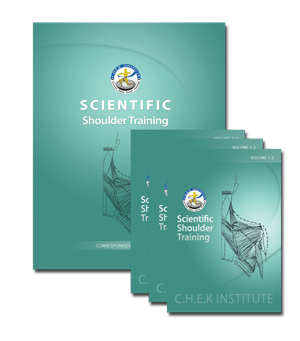
I hope you’ve enjoyed learning a little about how the body and shoulder work together.
If you would like to learn how to exercise your arms and shoulders safely and effectively, and many essential tips on how the body works as a holistic system in relation to the shoulder, many new and useful methods are now available to you in my new Scientific Shoulder Training correspondence course.
This is a very well illustrated course with over 6 hours of DVD instruction and a 285 page course manual that is easy to learn from regardless of what our learning style is.
If you like to watch, you can watch. If you like to read, you can read. If you like to listen, you can listen.
I like to offer “whole brain” learning experiences to maximize your opportunity to understand how your body works and perform well at what you love to do for the rest of your life!
Feel free to visit the C.H.E.K Institute order page and fill out the short form so we can notify you of our early-bird purchase offer.
This course is coming off the press now and will be ready any moment so don’t miss your chance to get a good discount.
I’d love to see you all enjoy exercise in a healthy, injury free and free flowing way.
Love and chi,
Paul Chek

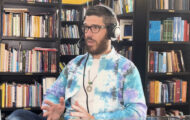
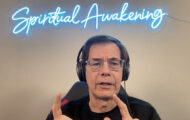

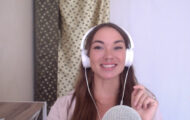
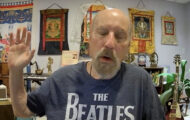
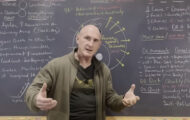





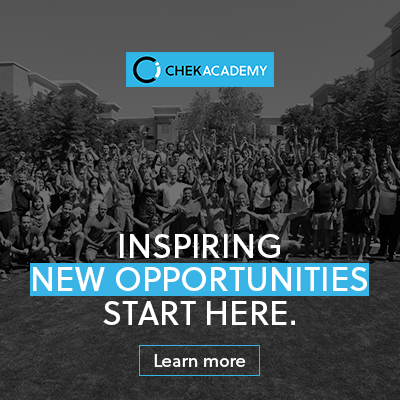

Find me on the web